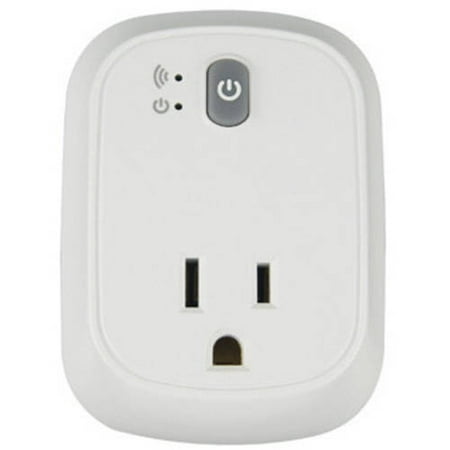Google drive sync - https://github.com/prasmussen/gdrive
#download the correct file with wgetmv "downloaded file" /usr/local/bin/gdrive ~ moves downlaoded file to proper location
gdrive about ~ google authentication, go to website and give access to your drive
Windows file sharing - Samba
sudo apt-get updatesudo apt-get install -y samba #install samba
sudo nano /etc/samba/smb.conf #config file for samba
workgroup = WORKGROUP #Make sure it is set to workgroup
wins support = yes #Make sure windows support is enable
# add the following to bottom of file
[PictureFrame]
comment=PictureFrame
path=/home/pi/sync
browseable=Yes
writeable=Yes
only guest=no
create mask=0777
directory mask=0777
public=no
#
sudo smbpasswd -a pi # adds user pi to network
Frame Buffer Image
sudo apt-get -y install fbi
Image Resizing
sudo apt-get install imagemagick #install image magick
Wifi
sudo wpa_passphrase SSID>> /etc/wpa_supplicant.conf #Replace SSID with your SSID
passwd #type your password
sudo wpa_supplicant -B -D wext -i wlan0 -c /etc/wpa_supplicant.conf
Scheduling
crontab -e #built in scheduling program
#add the following to crontab -e
@reboot sudo sh /home/pi/sync/scripts/gpiosetup.sh # sets the gpio up
@reboot bash /home/pi/sync/scripts/IOcheck.sh # checks the IO
0 7 * * * sh/home/pi/sync/scripts/slideshow.sh # starts the slideshow
0 3 * * * sh /home/pi/sync/scripts/gdriveSync.sh #syncs the pictures at 3 am
45 8 * * 1-5 sh /home/pi/sync/scripts/TurnScreenOnIfOff.sh #turns screen on at 8:45 m-f
45 15 * * * sh /home/pi/sync/scripts/TurnScreenOffIfOn.sh #turns screen of at 3:45
#
Slideshow
for some odd reason my slideshow would not start with cron so I moved it to .bashrc add as last line
sh/home/pi/sync/scripts/slideshow.sh






